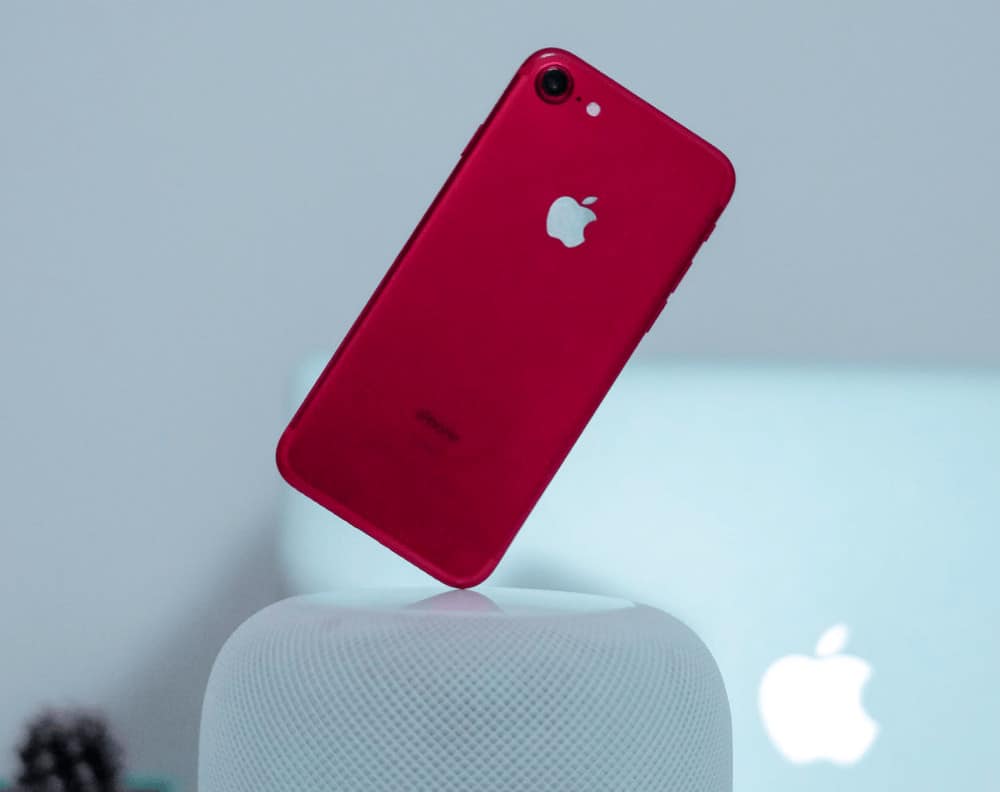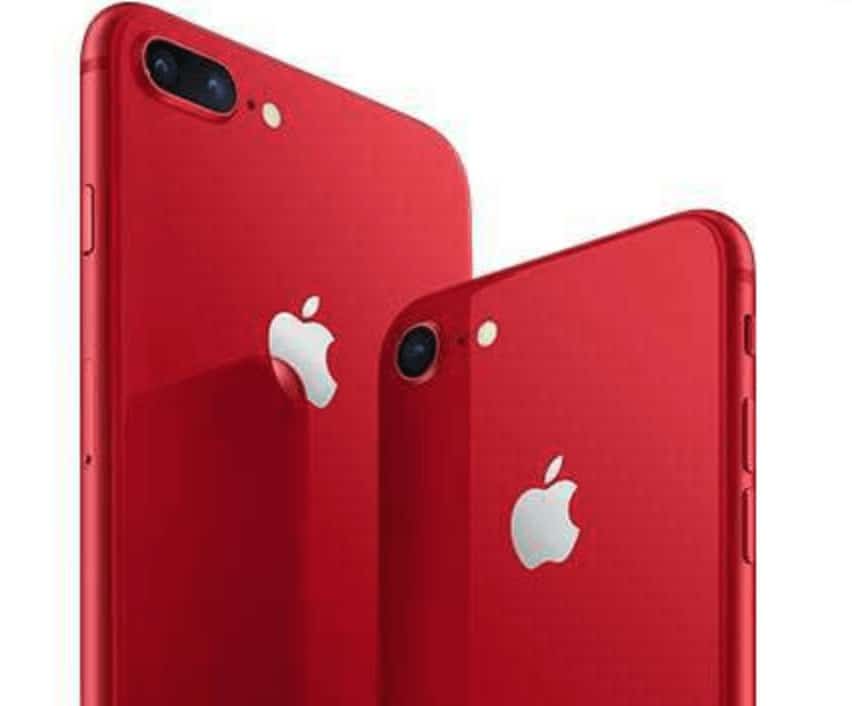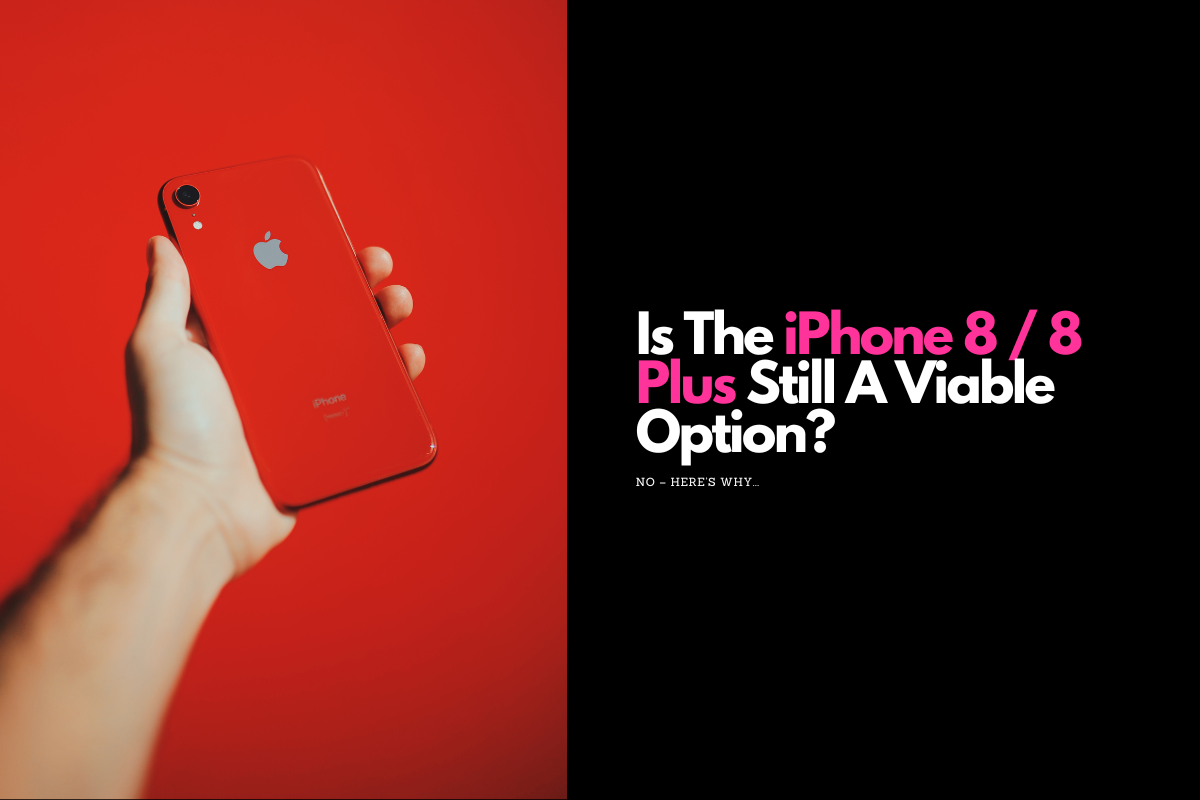The iPhone 8 and iPhone 8 Plus signify the end of an era, the era of Apple’s Home button. But are they still worth looking at in 2024? Let’s review…
TL;DR
The iPhone 8 & iPhone 8 Plus Are No Longer Supported – Do Not Buy These Phones!
Apple’s iPhone 8 and iPhone 8 Plus had a good run but they’re now officially beyond their end-of-life point, meaning no more iOS updates and sub-par hardware.

iPhones are great. They last forever and they get regular, consistent iOS updates (usually 6-7 years). But when they hit end-of-life, no more updates, it is TIME to move on to a newer model or series.
— Richard Goodwin, Technology Editor
What To Get Instead…
iPhone 8 Series Review: The 2024 Perspective
The iPhone 8 series is no longer recommended – even as a budget option – since it no longer receives iOS updates.
The iPhone 8 and iPhone 8 Plus marked the end of an era for Apple’s iconic iPhone design – they were the last phones (save for the SE models) to feature Apple’s Home button.
The Apple Home button, a hallmark of Apple’s phone design, was a central feature until the arrival of the iPhone X, which introduced a new era of all-screen design and Face ID.
This review serves two purposes:
1) to provide an overview of Apple’s iPhone 8 and iPhone 8 Plus from the perspective of 2024, more than six years after their initial release
2) to determine if the iPhone 8 and iPhone 8 Plus are still worth buying today.
Why? Primarily due to value for money.
Not everyone can afford Apple’s latest and greatest phones; they’re simply too expensive for many. For those who don’t like leasing phones from networks, or want to save some cash, opting for an older iPhone is a practical solution.
So, does the iPhone 8 and iPhone 8 Plus still hold up in the 2024 market?
Let’s find out, shall we?
iPhone 8 & iPhone 8 Plus Comparison
Here is a side-by-side table comparison of the iPhone 8 and iPhone 8 Plus specs:
| Specification | iPhone 8 | iPhone 8 Plus |
|---|---|---|
| Display | 4.7-inch Retina HD LCD, 1334 x 750 pixels, 326 ppi | 5.5-inch Retina HD LCD, 1920 x 1080 pixels, 401 ppi |
| Processor | A11 Bionic chip with 64-bit architecture, Neural Engine, M11 motion coprocessor | A11 Bionic chip with 64-bit architecture, Neural Engine, M11 motion coprocessor |
| RAM | 2 GB | 3 GB |
| Storage | 64 GB, 256 GB | 64 GB, 256 GB |
| Rear Camera | 12 MP, f/1.8 aperture, Digital zoom up to 5x, Optical image stabilization, Quad-LED True Tone flash | Dual 12 MP (wide-angle and telephoto), f/1.8 aperture (wide-angle), f/2.8 aperture (telephoto), Optical zoom, Digital zoom up to 10x, Portrait mode, Portrait Lighting, Dual optical image stabilization, Quad-LED True Tone flash |
| Front Camera | 7 MP, f/2.2 aperture, 1080p HD video recording | 7 MP, f/2.2 aperture, 1080p HD video recording |
| Battery | Up to 14 hours talk time (wireless), Fast-charge capable, Wireless charging (Qi standard) | Up to 21 hours talk time (wireless), Fast-charge capable, Wireless charging (Qi standard) |
| Water Resistance | IP67 (maximum depth of 1 meter up to 30 minutes) | IP67 (maximum depth of 1 meter up to 30 minutes) |
| Dimensions | 138.4 x 67.3 x 7.3 mm (5.45 x 2.65 x 0.29 in) | 158.4 x 78.1 x 7.5 mm (6.24 x 3.07 x 0.30 in) |
| Weight | 148 grams (5.22 ounces) | 202 grams (7.13 ounces) |
Design
The iPhone 8 resembles the iPhone 7. Apple used the same design from the iPhone 6 until the iPhone X, its first all-screen OLED iPhone. While some might find this repetitive, the focus here is on functionality. Phones don’t need to look radically different with each new iteration as long as they work better.
This has been Apple’s approach from the beginning: refine rather than revolutionize. This strategy has been key to Apple’s success – keeping things simple and focusing on what counts. However, there are subtle differences with the iPhone 8…
The iPhone 8 and iPhone 8 Plus feature wireless charging, requiring a change in build materials. The back of both models is now glass, enhancing wireless charging efficiency and giving the phones a different (and better) feel.
The iPhone 8 is slightly larger, wider, heavier, and thicker than its predecessor, the iPhone 7. These changes are minimal; the differences are 0.1mm to 0.2mm. The weight difference is more noticeable, with the iPhone 8 being 10g heavier than the iPhone 7.
The primary difference between the iPhone 8 and iPhone 8 Plus is size. The iPhone 8 has a 4.7-inch LCD 720p display, while the iPhone 8 Plus boasts a 5.5-inch LCD 1080p display. Consequently, the iPhone 8 Plus is significantly larger, even bigger than the iPhone XR. The iPhone 8 Plus also offers a larger battery and better camera performance due to its dual-lens camera.
The iPhone 8 range is available in several colors (Space Grey, Gold, and Silver), including my favorite, PRODUCT(RED).
In terms of physical attributes like button placement and sensor positions, the phones are identical. The main differences are battery size, camera technology, and RAM – the iPhone 8 Plus has 3GB of RAM, while the iPhone 8 has 2GB. The higher price tag of the iPhone 8 Plus is justified by its superior power and photo capabilities.
Specs

Performance
Each new iPhone iteration is faster than the last. Apple’s A-Series CPUs have dominated the mobile space for years, outperforming Qualcomm’s Snapdragon chips found in most major Android phones. The A11 Bionic chip in the iPhone 8 and iPhone 8 Plus continues this trend, offering a 25% performance boost over the A10 chip in the iPhone 7.
At release, the iPhone 8 and iPhone 8 Plus outperformed the Samsung Galaxy S8, OnePlus 5T, and nearly every other major Android phone in benchmark tests. However, most customers are more concerned with whether it’s better than their current phone. If you’re using an iPhone 7 or older, the iPhone 8 and iPhone 8 Plus are significant upgrades.
Even by today’s standards, the iPhone 8 and iPhone 8 Plus remain powerful. For everyday tasks like browsing the web, using social media apps, and messaging, these phones have more than enough power. Most users won’t even tap into their full potential, similar to owning a 600BHP car but never going above second gear.
Age doesn’t matter much with iPhones. A six-year-old iPhone, like the iPhone 8, will function well in 2024. The latest iPhone models might look better and perform slightly faster, but they’re much more expensive. If you can handle processes taking a fraction of a second longer, the iPhone 8 and iPhone 8 Plus are still solid choices. For optimal performance, the iPhone 8 Plus is better due to its additional RAM.
Cameras
The iPhone 8 Plus’s camera setup is vastly superior to the iPhone 8’s. The iPhone 8 Plus has a dual-camera setup: an optically stabilized f/1.8 wide-angle camera and an f/2.8 telephoto camera enabling 2x zoom without quality loss. Apple improved the sensor, enhancing performance over the iPhone 7.
Both phones offer more detail, better low-light performance, and improved contrast. The iPhone 8 Plus, with its dual-lens camera, is the clear winner. The iPhone 8’s single 12MP camera is still impressive but lacks the finesse and features of the iPhone 8 Plus.
Portrait Mode was a popular feature on the iPhone 7. The iPhone 8 introduced Portrait Lighting, which aims to make selfies look professionally lit. While effective, its usage depends on personal preference and the shooting context.
Overall, the iPhone 8 and iPhone 8 Plus represent a significant step forward from the iPhone 7. Image quality, contrast, detail, and low-light performance are all improved, especially on the camera-centric iPhone 8 Plus.
Battery Life
The iPhone 8’s battery life is inadequate for heavy usage due to its small battery. For all-day usage without recharging, the iPhone 8 Plus is the better choice, thanks to its larger 2675mAh battery. The iPhone 8’s 1822mAh battery is sufficient only for light users.
The iPhone 8 Plus’s larger battery ensures all-day performance under heavy use. If battery life is important, the iPhone 8 Plus is the way to go, even if it means sacrificing some portability.
In summary, bigger is always better when it comes to batteries, so the iPhone 8 Plus is always going to win. But neither phone is now supported by Apple, so you’ll want to avoid both and go with a newer model.
If cash is short and you need something cheap, go with the iPhone 13 – it will get iOS updates for another three years, the hardware is still rock-solid, and the camera is decent too. Spend a little more and you can get the iPhone 13 Pro Max which is a killer phone – even by 2024 standards.
Final Words / Thoughts

The iPhone 8 and iPhone 8 Plus were solid releases for Apple back in the day but without iOS support and their now-ageing hardware both phones are no longer recommended.
Instead, you’ll want to look at Apple’s newer models; the latest being its iPhone 15 series.
Need something cheaper? My advice would be to go with either an iPhone 13 series phone or an iPhone 14 series model – both are considerably cheaper than the latest model and pack in a ton of performance.


